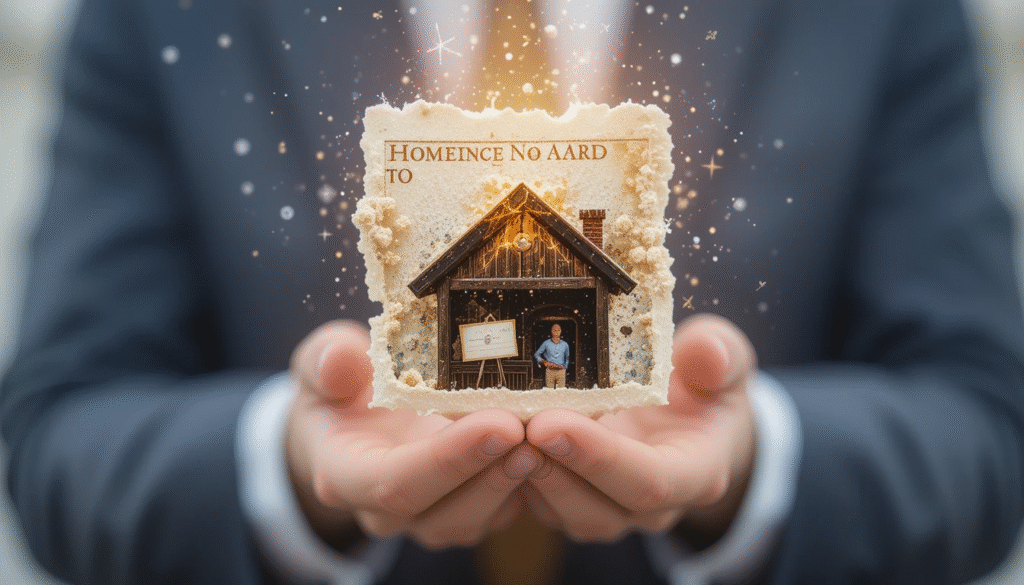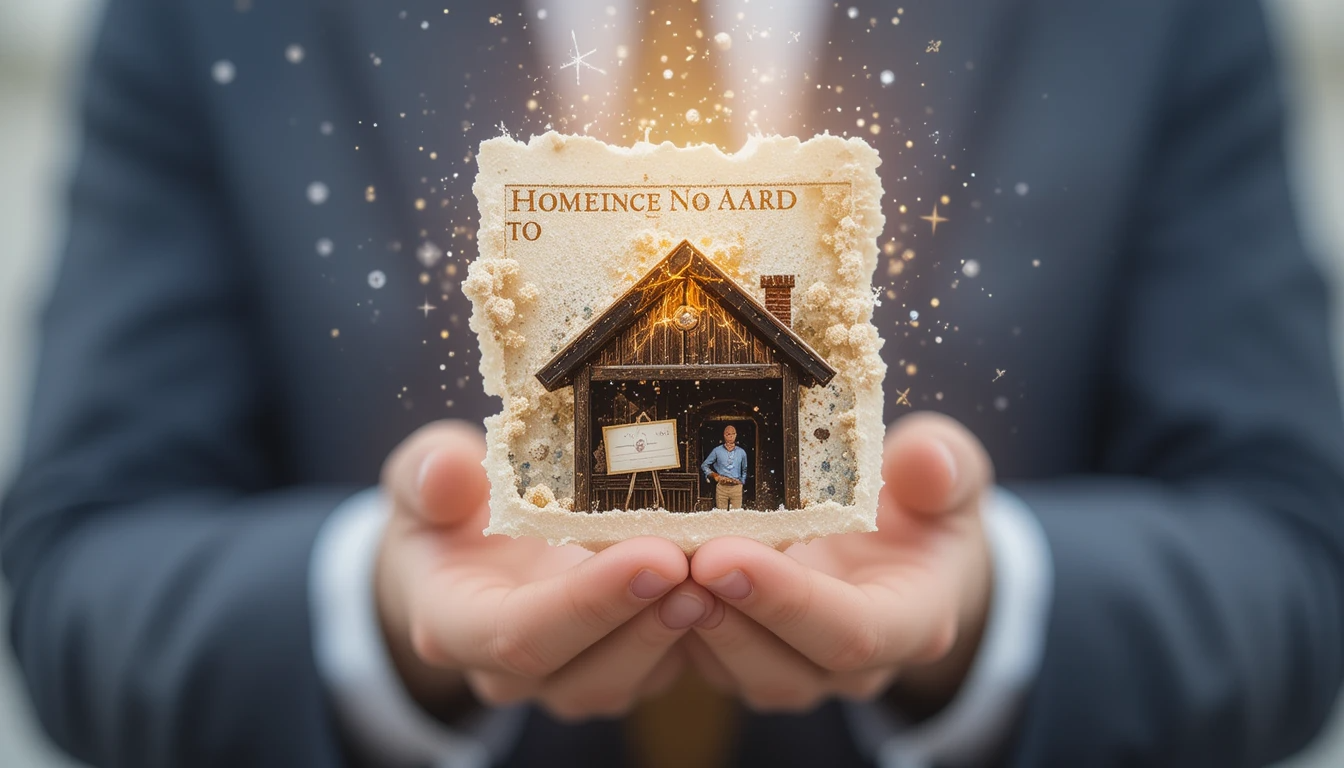Your home is likely your biggest financial investment, and homeowners insurance is the safety net that protects it. But do you really know what’s covered—and what’s not? Many policyholders are shocked to discover gaps in coverage only after disaster strikes.
This 10,000-word guide breaks down exactly what homeowners insurance covers, common exclusions, and smart ways to fill coverage gaps. Whether you’re a first-time buyer or a long-time homeowner, this must-read article will help you:
✔ Understand your policy inside-out
✔ Avoid nasty surprises when filing claims
✔ Save money without sacrificing protection
Let’s dive in!

How Homeowners Insurance Works (The Basics)
Homeowners insurance is a contract between you and your insurer where you pay premiums in exchange for financial protection against covered losses. Most policies include six key coverage types:
1. Dwelling Coverage
- Protects the structure of your home (walls, roof, foundation).
- Covers damage from fire, hail, windstorms, lightning, and more.
- Does NOT cover floods or earthquakes (requires separate policies).
2. Other Structures Coverage
- Protects detached structures (garages, sheds, fences).
- Typically 10% of your dwelling coverage limit.
3. Personal Property Coverage
- Covers your belongings (furniture, electronics, clothing).
- Includes theft and damage from covered perils.
- High-value items (jewelry, art) often need additional riders.
4. Loss of Use (ALE) Coverage
- Pays for temporary housing if your home is uninhabitable.
- Covers hotel stays, meals, and storage costs.
5. Personal Liability Coverage
- Protects you if someone sues for injuries/property damage.
- Example: A guest slips on your icy porch and sues.
6. Medical Payments Coverage
- Pays small medical bills for guests injured on your property.
- No lawsuit required (typically $1,000-$5,000 limit).
What Homeowners Insurance Covers (The Complete List)
Most HO-3 policies (the standard policy) cover 16 named perils for personal property and open perils (all risks except exclusions) for your dwelling.
✅ Covered Perils
✔ Fire & Lightning
✔ Windstorms & Hail
✔ Explosions
✔ Theft & Vandalism
✔ Falling Objects (e.g., tree hits roof)
✔ Weight of Ice/Snow (collapse)
✔ Water Damage (from inside—burst pipes, NOT floods)
✔ Volcanic Eruption (yes, really!)
✔ Power Surges (from lightning)
✔ Riots/Civil Unrest
✔ Aircraft/Car Damage (if a car crashes into your home)
What Homeowners Insurance Does NOT Cover (Biggest Exclusions)
❌ Flood Damage
- Not covered under standard policies.
- Requires separate flood insurance (NFIP or private).
❌ Earthquake Damage
- Excluded in most states (CA, WA, etc. need separate policies).
❌ Sewer Backup
- Often excluded (can add endorsement for ~$50/year).
❌ Mold
- Only covered if from a sudden, covered event (like burst pipes).
- Negligence (e.g., long-term leaks) is excluded.
❌ Termites & Pest Damage
- Considered preventable maintenance (not covered).
❌ Wear & Tear
- Deterioration over time (peeling paint, old roof leaks).
❌ High-Value Items
- Jewelry, art, and collectibles often need scheduled riders.
❌ Home Business Liability
- Running a business? You’ll need commercial insurance.
How to Fill Coverage Gaps
1. Flood Insurance
- NFIP (National Flood Insurance Program) or private insurers like Neptune Flood.
- Cost: $700-$2,500/year (depends on flood risk).
2. Earthquake Insurance
- Standalone policy or endorsement (CA: CEA).
- Cost: $800-$5,000/year (varies by location).
3. Scheduled Personal Property
- Add riders for expensive jewelry, watches, cameras.
- Cost: ~1-2% of item’s value per year.
4. Sewer Backup Coverage
- Add endorsement for ~$50-$200/year.
5. Umbrella Insurance
- Extra liability protection ($1M+ coverage).
- Cost: $200-$500/year for $1M policy.
How to Save on Homeowners Insurance (Without Sacrificing Coverage)
1. Bundle Home + Auto Insurance
- Save up to 25% (e.g., State Farm, Allstate).
2. Raise Your Deductible
- $1,000 deductible vs. $500 can save 5-15%.
3. Improve Home Security
- Alarm systems, deadbolts, smoke detectors = discounts.
4. Maintain Good Credit
- Insurers use credit scores in most states.
5. Ask About Discounts
- Claims-free, loyalty, new home, retired? Ask!
Final Thoughts: Don’t Get Caught Unprotected
Understanding what’s covered—and what’s not—can save you from financial disaster. Review your policy today, fill gaps if needed, and ensure your biggest asset is fully protected.
Need help finding the best coverage? Compare quotes now and customize your policy!
Frequently Asked Questions (FAQs)
Q: Does homeowners insurance cover roof leaks?
A: Only if sudden (storm damage). Slow leaks from wear & tear? No.
Q: Are home appliances covered?
A: Yes, if damaged by a covered peril (fire, theft). Mechanical breakdown? No.
Q: Can I get insurance with a bad roof?
A: Some insurers deny coverage—fix it first or find a specialty insurer.
Q: How often should I review my policy?
A: Annually—and after major life changes (renovations, marriage).
Conclusion
Homeowners’ insurance is not one-size-fits-all. By knowing what’s included (and what’s not), you can avoid costly surprises and ensure your home and family are fully protected.
Don’t wait until it’s too late, check your coverage today!
How Natural Disasters Impact Coverage
While standard homeowners insurance covers many disasters, certain region-specific risks often require additional policies:
Hurricanes & Windstorms
- Wind damage is typically covered, but hurricane deductibles (2-5% of home value) may apply in coastal states.
- Flooding from storm surge? Only covered by flood insurance.
Wildfires
- Covered under standard policies, but high-risk areas (CA, CO) may face non-renewals or require FAIR Plans (last-resort insurance).
Tornadoes
- Generally covered, but review policy limits—some insurers cap wind damage payouts.
Pro Tip: Check your state’s insurance commissioner website for disaster-specific coverage rules.
Specialty Policies for Unique Homes
Older Homes
- Historic homes may need “replacement cost + endorsements” to cover antique materials.
- Knob-and-tube wiring or outdated plumbing? Insurers may require upgrades.
Vacation/Rental Properties
- Standard policies exclude long-term rentals—requires landlord insurance.
- Short-term rentals (Airbnb)? Need business liability coverage.
Tiny Homes & Mobile Homes
- Tiny homes on wheels often require RV insurance.
- Manufactured homes need specialized policies (e.g., Foremost Insurance).
Understanding Claims: What to Do After Damage
Step 1: Document Everything
- Take photos/videos of damage before repairs.
- Keep receipts for temporary fixes (tarps, hotel stays).
Step 2: File Promptly
- Most insurers require claims within 1 year of the incident.
- Delay = risk of denial (e.g., mold from unreported leaks).
Step 3: Avoid Common Mistakes
- Don’t admit fault (even saying “I’m sorry” can hurt liability claims).
- Don’t discard damaged items until the adjuster sees them.
Did You Know? Some insurers offer “claims forgiveness” for your first claim.
The Future of Homeowners Insurance
Climate Change & Rising Premiums
- $1.3 trillion in climate-related damages (2011–2021) led to 20%+ rate hikes in high-risk states (FL, LA).
- Solution: Invest in storm-resistant upgrades (impact windows, fortified roofs) for discounts.
Smart Home Discounts
- Leak sensors (e.g., Flo by Moen) and smart smoke detectors (Nest) can lower premiums by 5–15%.
Usage-Based Insurance
- Emerging “pay-as-you-live” models (like Hippo) track home maintenance habits for savings.
Final Checklist: Is Your Home Fully Protected?
Before renewing your policy, ask:
- Is my dwelling coverage enough to rebuild? (Construction costs rose 30%+ since 2020.)
- Do I have replacement cost (RCV) vs. actual cash value (ACV)? (ACV deducts depreciation.)
- Are high-value items scheduled? (Standard limits for jewelry are often $1,500–$2,500.)
- Does my policy match local risks? (e.g., Earthquake endorsements in CA.)
Bottom Line: Homeowners insurance is not “set it and forget it.” Regular reviews ensure you’re never underinsured.
